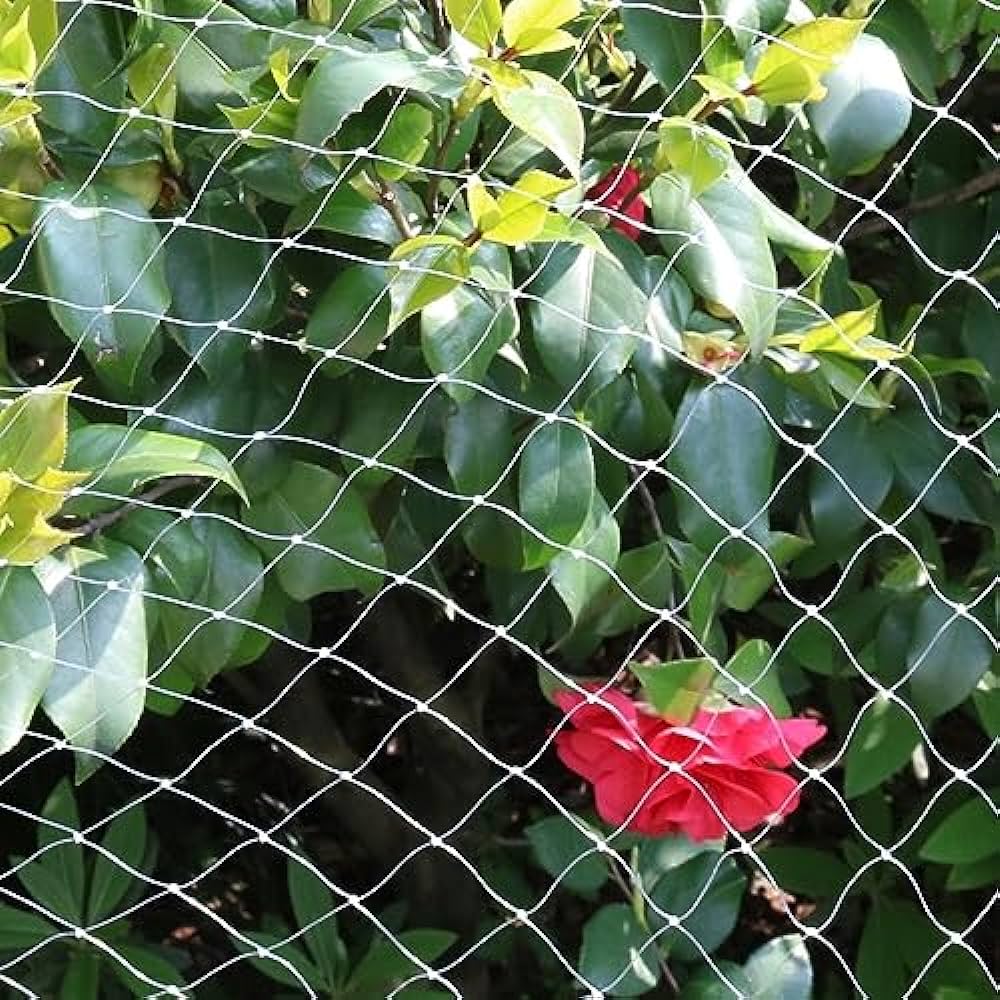
Enhancing Garden Yield and Protection with Garden Netting
Introduction: Gardening is a gratifying pursuit that rewards patience, dedication, and careful attention. However, even the most meticulously tended gardens can fall victim to various threats such as pests, adverse weather, and browsing animals. Fortunately, garden netting emerges as a versatile solution to these challenges, offering an array of benefits that contribute to the health and productivity of garden spaces. In this article, we’ll explore the diverse applications and advantages of using netting in gardens.
1. Pest Exclusion: One of the primary functions of garden netting is to act as a barrier against pests. Insects, birds, and small mammals can cause significant damage to plants by feeding on leaves, fruits, and vegetables. Garden netting, with its fine mesh construction, effectively blocks access to these pests, protecting crops without the need for harmful chemicals. By covering garden beds or individual plants with netting, gardeners can preserve their harvest and ensure a more abundant yield.
2. Bird Deterrence: Birds are charming visitors to the garden, but they can also be voracious consumers of fruits and seeds. Garden netting serves as a deterrent to birds, preventing them from reaching ripe fruits and tender shoots. The mesh structure of the netting allows sunlight and rain to penetrate while keeping birds at bay. By using netting strategically over fruit trees, berry bushes, or vegetable patches, gardeners can enjoy a greater harvest without the frustration of bird damage.
3. Weather Protection: Garden netting provides valuable protection against adverse weather conditions, shielding plants from harsh sunlight, strong winds, heavy rain, and hail. During periods of intense heat, netting can offer shade, reducing the risk of sunburn and heat stress on plants. In regions prone to hailstorms, netting can prevent damage to delicate foliage and fruits. By creating a microclimate conducive to plant growth, garden netting helps plants thrive in various weather conditions.
4. Support for Climbing Plants: Many vegetables, fruits, and ornamental plants benefit from vertical support as they grow. Netting For Garden offers an excellent solution for training climbing plants such as peas, beans, cucumbers, and tomatoes. By installing netting trellises or frames, gardeners can guide the growth of these plants upwards, maximizing space and improving air circulation. The sturdy yet flexible nature of garden netting provides a reliable structure for vines to climb, resulting in healthier plants and easier harvesting.
5. Disease Prevention: Plant diseases can spread quickly in garden environments, causing widespread damage and reducing yields. Garden netting acts as a physical barrier, preventing the spread of diseases by reducing contact between plants and inhibiting the transmission of pathogens. By minimizing the risk of infection, netting helps maintain plant health and reduces the need for chemical interventions. This proactive approach to disease prevention contributes to the overall resilience of the garden ecosystem.
Conclusion: Garden netting is a valuable tool that offers multiple benefits for gardeners seeking to protect and enhance their harvests. From pest exclusion to weather protection and disease prevention, the versatility of garden netting makes it an indispensable asset in garden management. By incorporating netting into garden designs and maintenance practices, gardeners can create healthier, more productive growing environments and enjoy bountiful yields season after season.